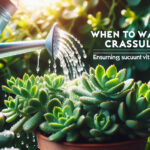Identifying the Droop: Understanding Crassula’s Distress Signals
In the thriving world of succulents, the Crassula stands tall and proud—or at least, it should. Picture a healthy Crassula: robust, with a vibrant green hue painting its plump leaves, reaching up as if to toast the sun for its warmth. But what about when those plump leaves begin to bow down, each one slumping in a tell-tale droop? It’s like seeing a once peppy cheerleader without her bullhorn. That droop is more than a change in posture; it is Crassula’s cry for help, a distress signal we can’t afford to ignore.
Early detection is crucial, as with any plant calamity. It’s the difference between a quick pep talk and a full-blown plant therapy session. The first hint of a drooping leaf can spiral quickly into a cascade of wilt if not addressed, turning your leafy friend from perky to parched. Imagine you’re prepping for the biggest party of the year and your outfit suddenly doesn’t fit—it’s that urgent.
Fortunately, our green companions have ways of speaking up before it’s too late. Bent stems, limp leaves, and a general look of lethargy set off alarms for the attentive plant parent. It’s akin to a dance floor suddenly emptying; it’s a visual cue that something’s not quite right. By observing our Crassula closely, deciphering these horticultural hieroglyphs, we become fluent in a language of leaves and lifelines, ensuring our captivating Crassula continue to stand strong and sprightly.
Keen for more sage advice on keeping your succulent in tip-top shape? Meander through the delightful details on Crassula Care Mastery: Tips for Thriving Jade Plants and transform your drooping damsel into a flourishing statuesque spectacle.
Now, have you ever seen a more striking expression of Crassula vitality than this? Bask in the beauty of a Crassula in its prime:
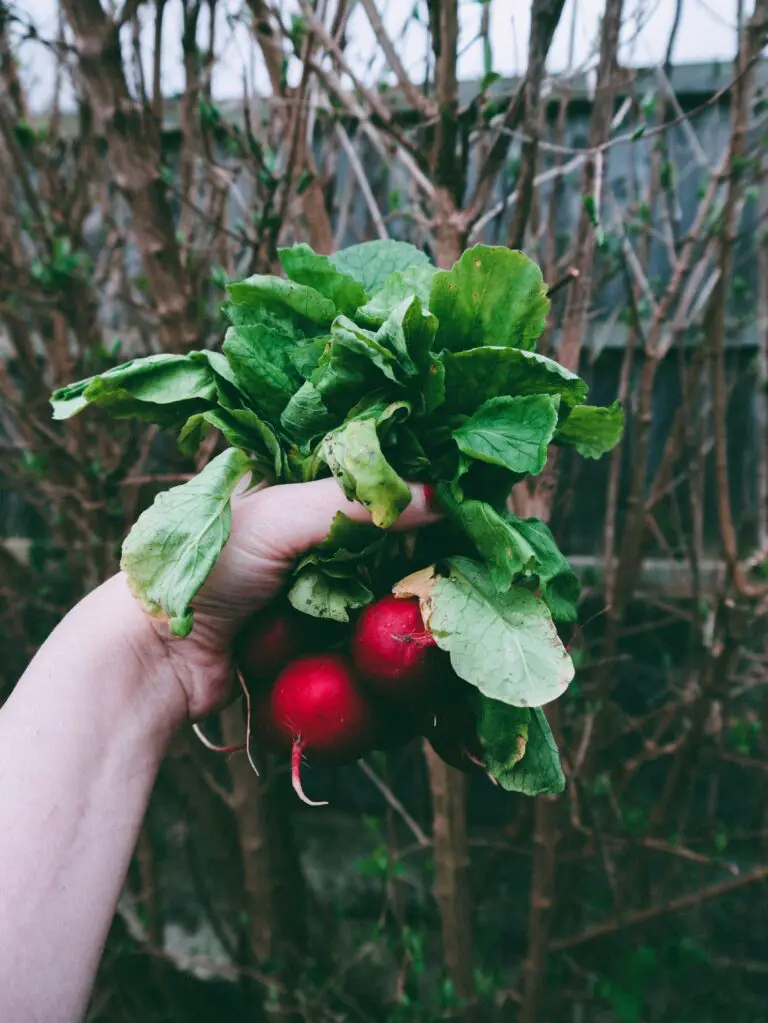
Water Woes: The Balancing Act of Quenching Crassula’s Thirst
Meet your Crassula, a sculptural stunner that’s all about balance. Just like finding that sweet spot in a comfy hammock without tipping over, your plump-leafed friend begs for that same equilibrium when it comes to quenching its thirst. Let’s dive into the tale of too much and too little, and get those leaves from limp to lively!
It’s a common scene: one day your Crassula is perky and proud, the next, it’s drooping like it’s had one too many. Overwatering is the all-too-frequent faux pas that turns robust succulent stems into a squishy mess. Too much H2O and the roots get waterlogged, leading to a condition as dreaded in the plant world as soggy cereal in ours – root rot. Crassulas store water in their leaves, so overfilling them is like overstuffing a suitcase; it’s bound to burst at the seams, or in this case, leaves.
On the flip side, we have underwatering, the silent creeper. It’s like sending your Crassula on a desert trek with a thimble of water. The leaves lose their plumpness and start to droop, pleading for a sip. If you’ve ever seen someone wilt under the unrelenting sun, you’ve witnessed first-hand what neglect can do to your succulent. Parched roots and thirsty tissues turn a once vibrant jade green to a paler, defeated hue.
The sweet spot is this: a watering routine that mimics a desert deluge followed by a drought. Let the topsoil dry out before giving it a generous drink, allowing excess water to drain away. And remember, ‘generous’ doesn’t mean a flood. If you’re pouring more water than confessions on a reality TV show, it’s time to ease up on that watering can!
Imagine the perfect watering regimen as a beautifully choreographed dance, where your timing is impeccable, and your Crassula thrives in the rhythm of soak and dry. If you’re on the hunt for more secrets to a flourishing jade garden, our guide on Crassula care is a treasure trove of green-thumbed wisdom.
Get it right and your Crassula will stand tall and beautiful, a testament to your newfound mastery of succulent hydration. And don’t worry, your green companion is forgiving; learn its language of leaves, and you’ll soon be fluent in the art of moisture moderation. Now, let’s get those Crassulas perking up!
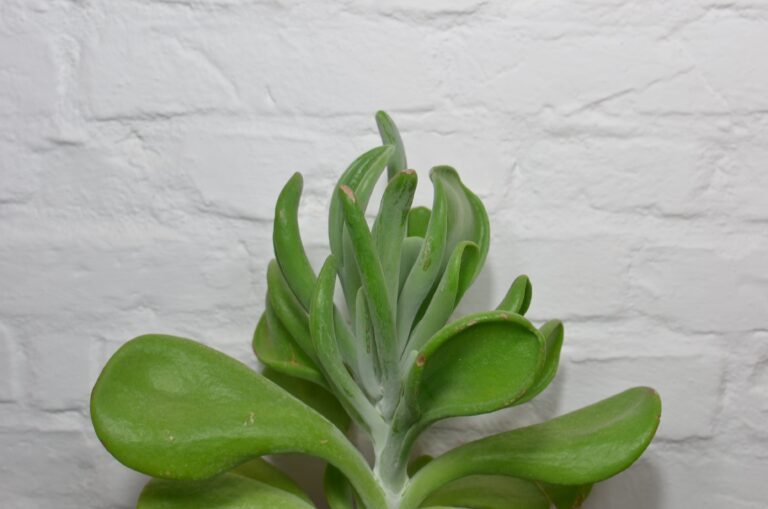
Root of the Problem: When Good Soil Goes Bad
What’s causing your Crassula plant to slump like a tired traveler? Let’s dig up the dirt on this issue, quite literally. Imagine you’ve found the perfect mix, a soil that seems to hug your succulent’s roots just right, providing a comfy, nurturing home. But alas, no paradise lasts forever without a little upkeep. If you start noticing your once perky Crassula starting to droop, a soil check-up might be due.
It’s a tale as old as time – or, at least, as old as gardening. The right soil mix can elevate a plant to its peak performance, while the wrong one can lead to a sad, saggy mess. Take Peter’s Crassula for example; it stood there proudly on his windowsill until one day, gravity seemed to have won. What happened? Wrong soil mix. Soil that doesn’t drain well is like a soggy blanket for roots, where unwanted moisture leads to root rot faster than you can say “droopy leaves.”
On the flip side, have you ever felt the excitement of potting your succulent in a mix as light and fluffy as a cloud? That’s the kind of elation your Crassula feels when it’s planted in the right soil. The best soil for this succulent star is one that mimics its natural, rocky habitats. A mix that’s well-draining, airy, and just coarse enough to allow roots to breathe is like finding the holy grail for succulent enthusiasts. It’s this cradle of nourishment that can help reverse the frown on your Crassula and turn it back into the upright botanical beacon we all admire.
Now, for visual learners, let’s take a virtual detour. Watch this fun and informative clip as it guides you through the ideal soil mixture for your succulents; it’s like having a green-thumbed guru right in your living room:
It’s crucial to spot the sneaky signs of soil betrayal before it takes a toll on your Crassula. It could be as subtle as a change in the color of the leaves or as glaring as a full-on wilt. Don’t wait until your plant’s SOS is a shout; frequent check-ins with your soil can save your succulent’s life.
If you’re eager to explore more about the types of soil that could raise your succulent game, take a stroll through our comprehensive guide on the matter. It’s a treasure trove of insights that might just lead you to the perfect planting mix, tailored for champions of the succulent world—helping you avoid the woes of a drooping Crassula.
Remember, the root of the problem often lies hidden beneath the surface, camouflaged in the very ground we take for granted. So, keep those fingers green and your soil keen, and watch as your Crassula stands tall, making the dreaded droop nothing but a mere memory.
Light of Life: Crassula’s Need for Sun
Just like humans need a balanced diet to stay healthy, your Crassula needs the right mix of sunshine to keep its leaves perky and vibrant. It’s a balancing act – too little light, and your jade-hued friend starts to slouch, longing for the sun’s energizing kisses. But bathe it in too much light, and it’ll protest by wilting away, like an overcooked spinach salad. Let’s shed some light on how to strike the perfect sun-soaked harmony for your succulent.
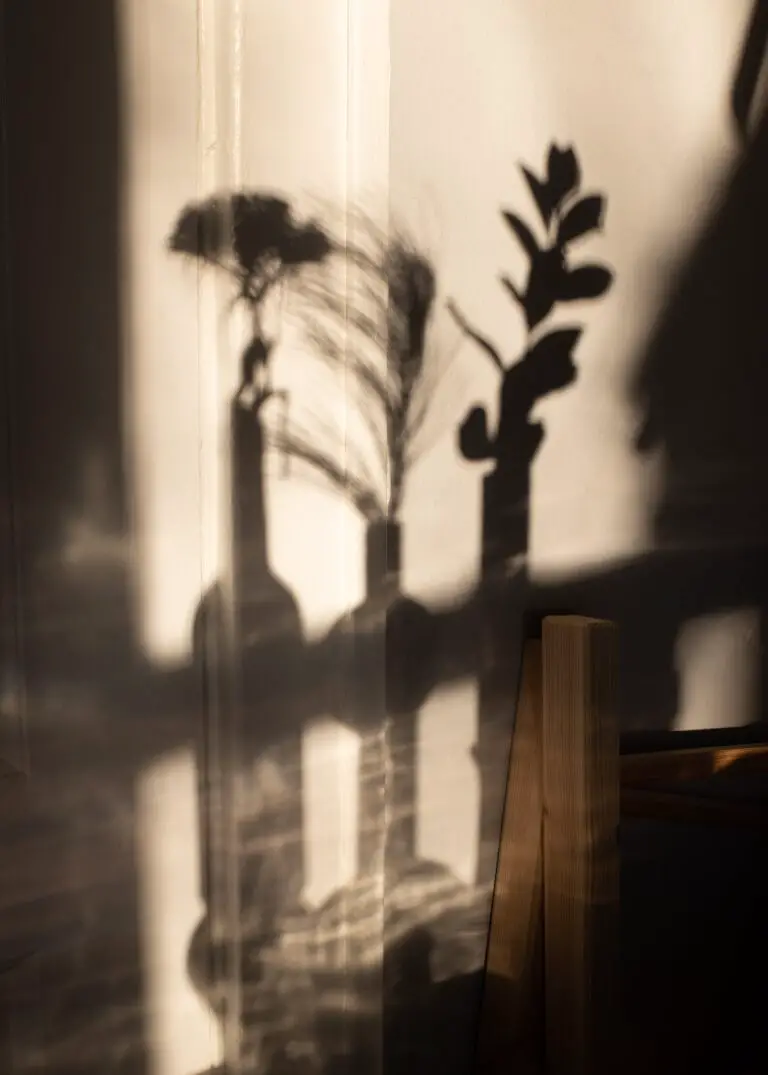
Imagine your Crassula as a beach-goer. It needs to bask in the sun to thrive, but without the risk of a sunburn. Ideally, it craves a lounging spot by a sunny window, relishing about four to six hours of gentle, indirect light. It’s the Crassula’s version of a spa day, every day. However, just as one might inch under the umbrella after a while at the beach, your Crassula too needs protection from the harsh midday sun. A sheer curtain providing a soft shade could be the knight in shining armor saving your green companion from a sunburn.
If your Crassula starts to stretch out like a cat, reaching for some elusive sunbeam, it’s giving you a sign – it’s desperate for more light. On the flip side, if you notice its vibrant green turning to a crispy brown, like toast left too long in the toaster, it’s beseeching you: “Please, turn down the sun!” Your vigilant observation and timely adjustments can keep your Crassula in its perky, photo-ready state.
For those craving the nitty-gritty of why lighting matters, think back to your school days and the word “photosynthesis.” That’s the Crassula’s natural magic, turning sunlight into the energy it needs to stand tall and show off its lush foliage. Too little light, and it’s like the plant’s running on empty, slumping over in fatigue. Too much, and it’s overwhelmed, like someone who’s had way too much coffee.
Don’t leave your plant’s fate to chance. For a more detailed guide on the dos and don’ts of Crassula lighting, Gardener’s Path provides a thorough walkthrough to ensure your green buddy gets the celebrity treatment it deserves.
Remember, the sun’s rays are the secret behind the Crassula’s signature perkiness. Monitor, adjust, and bask in the success of keeping your succulent standing tall and proud. It’s not just about surviving; it’s about thriving in the perfect glow of life’s natural spotlight.
Pest Peril: Uninvited Guests That Cause Drooping
Imagine you’re admiring your Crassula’s symmetrical beauty when you notice something alarming—your usually perky succulent is starting to droop. It’s not just a bad day for your little green friend; it’s a sign of distress, and the likely culprits are pests that have settled in uninvited. Let’s get to the bottom of this and arm you with the knowledge to fight back.
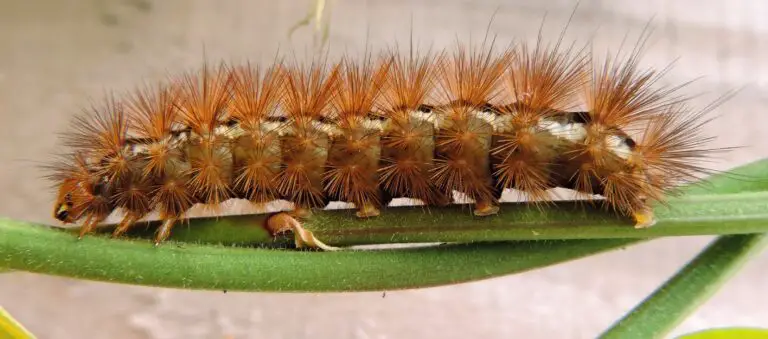
The usual suspects behind your Crassula’s sorrowful state include mealybugs, spider mites, and scale insects. These tiny terrorists can suck the life out of your plant, literally. Mealybugs, for instance, are like miniature vampires feasting on the juices of your plant, leaving it weak and wilted. From a tiny speck to a full-blown infestation, these pests can escalate quickly, so it’s crucial to keep a watchful eye.
Prevention is your first line of defense. Ensure your Crassula has the right living conditions—plenty of sunlight, proper watering, and good air circulation. These factors can make your succulent less hospitable to pests. However, if you’re already facing an invasion, it’s time to take action. Cleaning the leaves with a gentle solution of soap and water can help, but sometimes you need to bring out the big guns.
Treatment options range from neem oil, a natural insecticide, to more potent chemical treatments. Whatever you choose, remember to isolate your affected Crassula to prevent the pests from spreading their tyranny to your other houseplants. For a detailed battle plan on tackling these pests, check out this guide that covers identification and the best defense strategies.
Remember, these uninvited guests don’t have to spell the end for your succulent’s perky appearance. With careful attention and timely action, you can restore your Crassula to its former glory. Stay vigilant, and don’t let the pest peril take hold!
Droop No More: Steps to Revive Your Crassula
Staring despairingly at your slouching crassula? Fear not! With a few deft moves, you can transform your weary succulent into a picture of perkiness. Let’s roll our sleeves up and breathe new life into that crassula!
Immediate Rescue Tactics
First things first: hydration check. Your crassula could be parched! Ensure you’re watering it when the soil feels dry about an inch deep. Overwatered? Hold off on the H2O and let it dry out. Now, let’s discuss light. These succulents love light, but not too much. Find a happy medium with bright, indirect sunlight, and watch your crassula lift its spirits… and leaves.
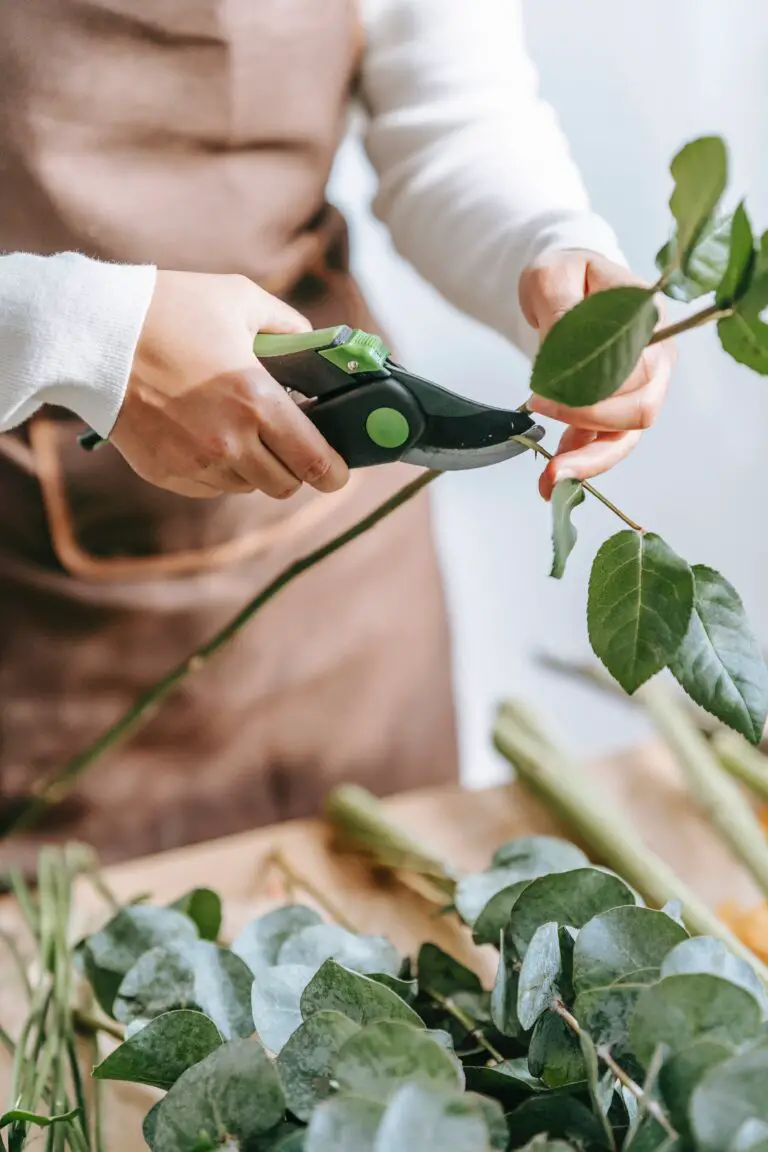
Drooping could be a sign of a snug pot. If your crassula feels cramped, consider repotting with a dance-worthy space upgrade. Use well-draining cactus or succulent soil to avoid soggy roots and droopy dispositions.
Long-Term Care Commandments
Consistency is key for crassula confidence. Create a watering schedule—marked on your calendar or set as a phone reminder. A little forgetfulness is all it takes for those succulent leaves to start sulking.
Next up, crassulas are sun worshippers at heart, yet they can get sunburnt streaks if we’re not careful. Monitor exposure and rotate your plant every so often for even growth, ensuring all sides receive their time in the limelight.
Nourishment isn’t just for gourmet dining; your crassula needs its fill of nutrients too. Apply a balanced, water-soluble fertilizer during the growing season, but remember—moderation is wisdom. Once a month should suffice.
The consistent, analytical approach will have your crassula standing tall and proud. Observe, take notes, and adjust care tactics as needed. Your succulent’s vibrant stance will soon be the envy of the plant world!
Preventive Measures: Keeping Your Crassula Perky
Let’s chat about how to keep that Crassula of yours reaching for the sun, not slumping towards the soil! No one enjoys the look of a droopy Crassula—it’s like watching a normally sprightly puppy with its tail down. Now, let’s gear up with some green-thumb tactics to ensure your Crassula remains the epitome of perkiness.
The Basics: Light it Up and Drain it Down
First things first, let’s illuminate the situation. Crassula plants crave light like a moth to a flame—but not too direct, lest they become sunbaked and weary. A nice cozy spot with bright, indirect lighting will have your Crassula doing a happy dance. And, just like a cake on a baking rack, your Crassula needs proper drainage. Check those pots, folks! No one likes wet feet, especially not Crassulas—soggy soil is a no-go for these desert darlings.
Watering Wisdom: Not Too Much, Not Too Little
When it comes to watering, think Goldilocks—just right. Overwatering is often the culprit behind a Crassula’s slump. Aim for a soak-and-dry method; let the soil dry out between waterings like a desert awaiting a rare rain. And when you do water, do it thoroughly so the roots can guzzle up the goodness.
Feast or Famine: Feeding Your Crassula
Now, let’s talk nutrients. Crassulas are low maintenance, but even they appreciate a good meal. During the growing season, a half-strength succulent fertilizer monthly will do the trick. It’s like a health shake for your plant—packed with all the essentials but not overindulgent. Remember, overfeeding is just as problematic as overwatering.
On the Lookout: Routinely Checking Your Plant
Become a Crassula detective. Regularly inspect your plant like you’re searching for clues. Look out for early signs of drooping, discoloration, or pests. Think of it as a Crassula wellness check. Early intervention can prevent a full-scale droop-fest.
These easy yet effective care tips aren’t just theoretical. Take my friend Lily, for instance. She noticed her Crassula starting to sag and quickly adjusted the light exposure—voila, the plant was back to its perky self in no time. Or consider Sam, who realized he was overzealous with the watering can; a quick switch to the soak-and-dry technique had his Crassula standing tall and proud.
Immerse yourself in the preventive care of your Crassula and soon you’ll be the one sharing success stories. Maintain vigilance, apply these ongoing care tips, and those droopy days will be a thing of the past. And remember, a happy Crassula is a happy plant parent!
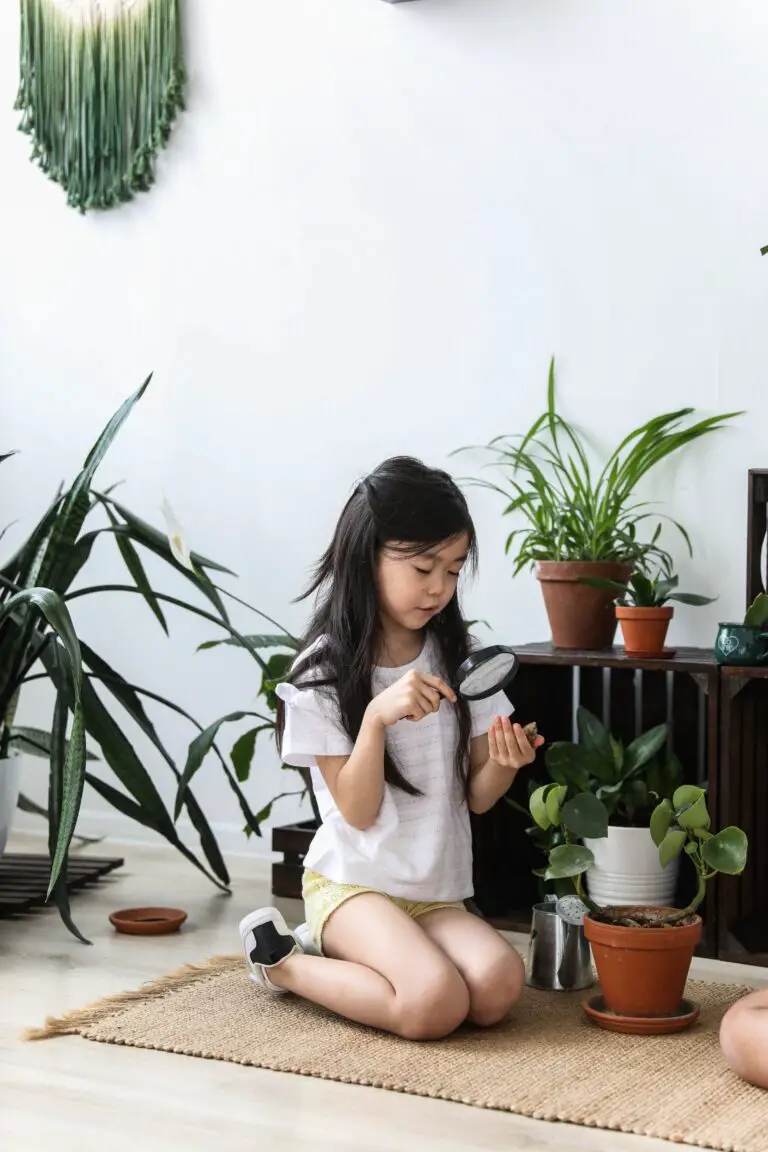
Frequently Asked Questions
Ever gazed lovingly at your Crassula only to find it’s taken on a bit of a slouch? Don’t fret, fellow green thumb! Let’s dig into the common curiosities that plant enthusiasts, just like you, often ponder when their Crassula takes a droopy detour. Because after all, a perky plant is a happy plant!
Why does my Crassula look like it’s tired and over the day?
Imagine you’ve had a long day, your shoulders might droop a bit, right? Similarly, your Crassula’s leaves droop when it’s not getting the TLC it needs. It might be crying out for a drink of water or begging for some shade from that blazing afternoon sun. Just like us, a Crassula has its needs, and meeting them is key to keeping its leaves standing tall and proud.
Could I be watering my succulent too much or too little?
It’s the age-old question that plagues many a plant owner. Think of water like the Goldilocks of plant care – it needs to be just right. Too much water and your Crassula’s roots will throw up the white flag in soggy defeat. Too little, and the leaves start to wither like old lettuce. Set a schedule, check the soil, and find that “just right” balance to keep your plant buddy quenched and perky.
Is the pot size making my Crassula sad?
You wouldn’t wear shoes that cramp your feet, and your Crassula doesn’t want to live in a pot that cramps its style, either. If the roots can’t stretch out, your plant may start to droop as a sign it’s time for a new home. Upsizing to a larger pot gives your Crassula the space it needs to spread its roots and strut its stuff.
What kind of lighting does my Crassula need?
Like a sunbather at the beach, your Crassula loves basking in gentle sunlight. But, too much direct sun can leave it looking sunburned and deflated. Strike a balance with some nice, indirect light where your Crassula can soak up the rays without turning into a wilted wallflower.
If you’re scratching your head, still unsure why your Crassula looks down in the dumps, it might be time to pull up a chair and learn from the pros! Check out this informative video on how to perk up those droopy leaves.
Remember, your Crassula’s droop doesn’t mean doom. With a bit of investigation and some tender loving care, you can decode the droop and have your succulent standing tall once more. Listen to your leafy friend, and you’ll be on your way to mastering the art of Crassula care!


